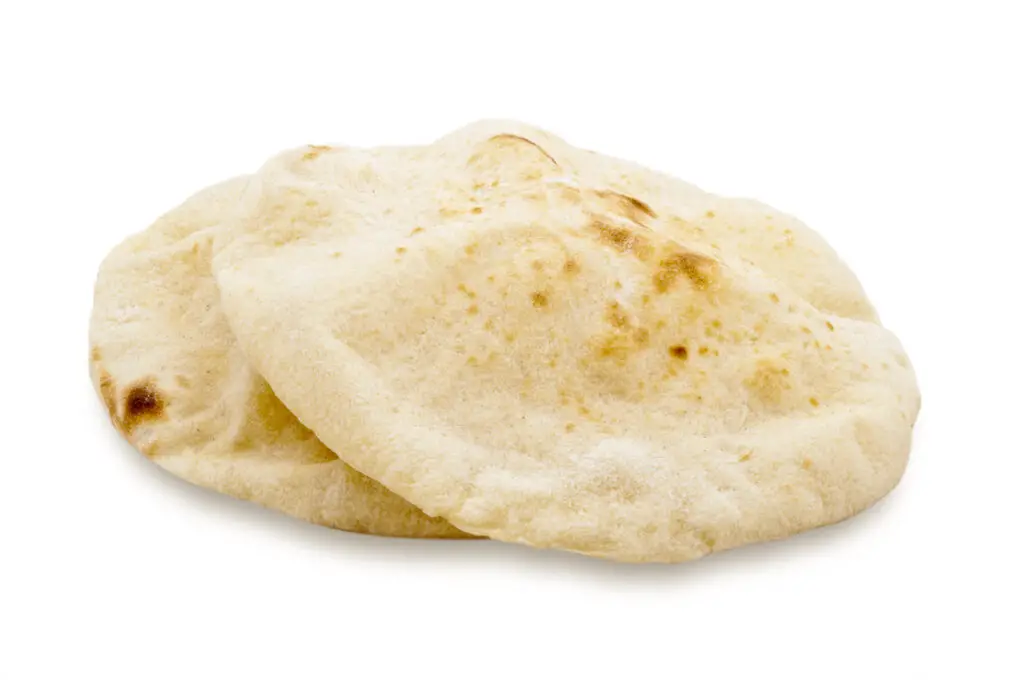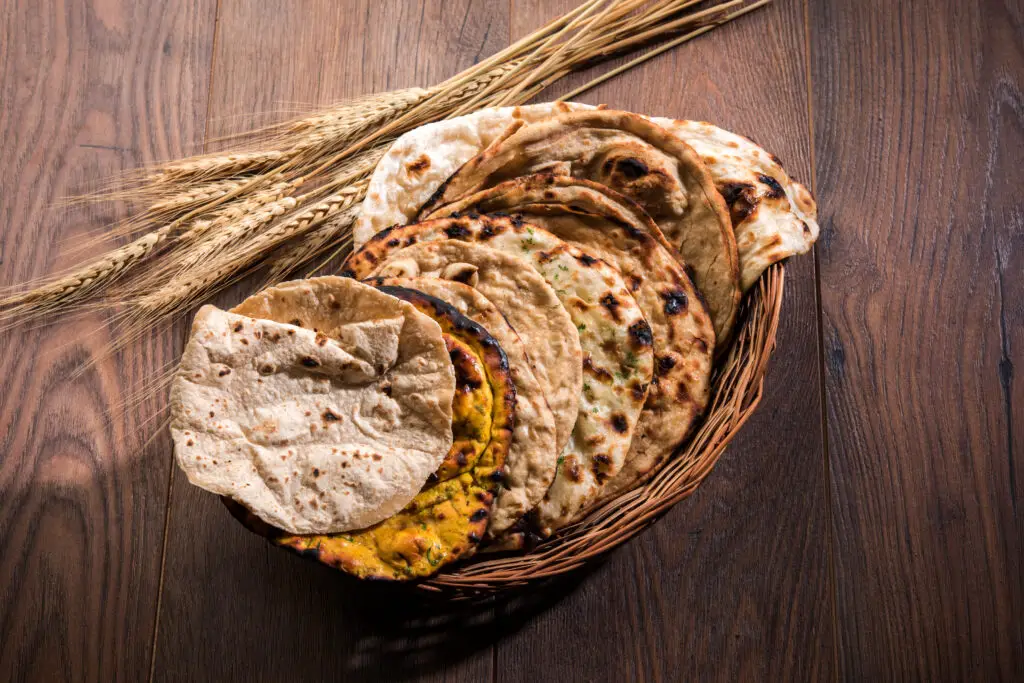Unleavened bread and leavened bread both have been made for thousands of years. There are thousands of different bread recipes that each yield a bread that is unique in its own way. The two main categories of bread are leavened and unleavened. Many people wonder what the difference is between them.

The difference is simple. Unleavened bread is any form of bread that is made without a rising agent, such as yeast, baking powder, or baking soda. This causes the bread to be very dense, is somewhat flatter than leavened bread, and is often served as an accompaniment to a meal. Unleavened types of breads include tortillas, roti, pita, and matzo.
If you love to explore different varieties of bread you will undoubtedly come across unleavened bread. Let’s learn a bit more about unleavened bread and what makes it so good.
Unleavened Bread is Common
Unleavened bread may sound more intriguing than it is simply because “unleavened” is a somewhat uncommon term. However, you have probably already experienced some type of unleavened bread, as it is eaten regularly.
Unleavened bread is simply bread that is made without any rising agents. These rising agents are also known as leavening agents or leaveners. Leavening agents can include yeast, baking soda, and baking powder.
Any bread that does not rise before or during the baking process is unleavened.
Unleavened bread types are found all over the world. Each culture has recipes and each bread has a unique flavor and texture. It is often made flat and does not need to be cooked in an oven. This bread can be cooked with any sufficient heat source, like a pan or a grill.
At the core, this bread is made with straightforward ingredients, which are flour, water, and salt. It is very delicious, and it is extremely easy for anyone to make. In addition, the lack of rising agents means that unleavened bread is shelf stable and can be stored for a long while without going bad.
Countless dishes use unleavened bread, and almost every culture has its own form of this bread used for traditional dishes.

Examples Of Unleavened Bread
Now that we have learned what unleavened bread is, exploring some examples of this bread is likely to make the bread more relatable and will reveal some of the types of unleavened bread you have likely already experienced.
Some examples of unleavened bread include the following:
- Tortillas
- Roti
- Lavash
- Piadina
- Matzo
- Pita
- Arepa
- Rieska
- Tortilla de Rescoldo
- Kitcha
- Bataw
- Arboud
- Bannock
Unleavened bread is made all over the world. Almost every region of the world has a traditional unleavened bread recipe.
These breads are usually used as part of a meal, to wrap ingredients within pieces of the bread, or to scoop up food items when eating.
Unleavened bread makes it easy to eat without utensils such as forks and is a staple in many homes today.
Reading through the above list probably revealed some familiar bread made without leavening agents and demonstrates that everyone has some experience with this type of bread.

Unleavened Bread is Delicious
Unleavened bread is widely popular all over the world and is made in hundreds of different cultures. However, if you are unfamiliar with unleavened bread, you may wonder what it tastes like.
The way the bread tastes depends on the recipe. You can add spices, herbs, seeds, and nuts to unleavened bread to change its flavor. The type of flour and the amount of salt used in the bread also affect the way it tastes. Unleavened bread is dense, regardless of the recipe.
This type of bread is almost always used as part of a meal and is made to combine flavors ad ingredients or to elevate a dish. Unleavened bread is good at soaking up soups and sauces and is excellent as a side dish for almost any meal.
Unleavened bread is delicious, but it must be made well and with significant care to be especially tasty. This bread can be mild, bland, and very dry if not made with enough oil.
The beautiful thing about unleavened bread is that it can be eaten with almost anything, and nearly any flavor can be included in its recipe. This means you can make unleavened bread according to your taste preferences without risking the bread not baking well.
Is Unleavened Bread Hard To Make?
Unleavened bread is so popular worldwide and present in many cultures because it is so simple to make. This type of bread is not hard to make and only requires the most basic ingredients.
Basic unleavened bread is simply made by combining water, flour, and salt. This mixture is rolled and heated until it is cooked. There is nothing more to it.
You can add other ingredients to unleavened bread to make it more flavorful or change its texture and size.
Anyone can make unleavened bread without much effort, and any flavors and spices can be added to it, allowing anyone to customize the bread to their own flavor preferences.
If you have never made unleavened bread, try it yourself. This bread type is so simple to make and takes almost no time to prepare. Try making this bread yourself, and you will quickly understand why it is so popular.
Conclusion
Unleavened bread is made without leavening agents such as yeast or baking powder. This bread is usually flat, very dense, and generally served as an accompaniment to a larger meal.
This bread is common internationally, and almost every culture has unleavened bread recipes. Unleavened bread is delicious when made well and paired with the right foods.
